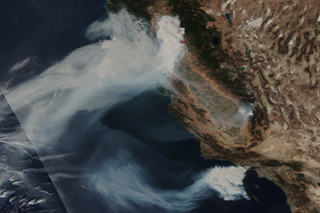
From retreating snow elevations to rain-soaked powder, warming due to human-caused climate change will radically transform U.S. skiing over the remainder of the twenty-first century.
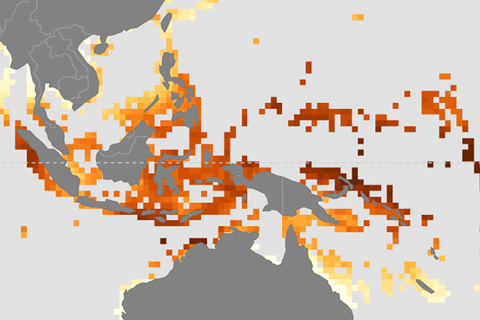
Corals reefs face double threats from rising atmospheric carbon dioxide: severe heat stress and ocean acidification. NOAA researchers have produced maps of future changes in both threats to allow managers to identify the most vulnerable reefs.

Ko Barrett, a Vice Chair of the IPCC, answers questions about the group's recent special report on what 1.5°C of global warming will mean for people, ecosystems, and economies.
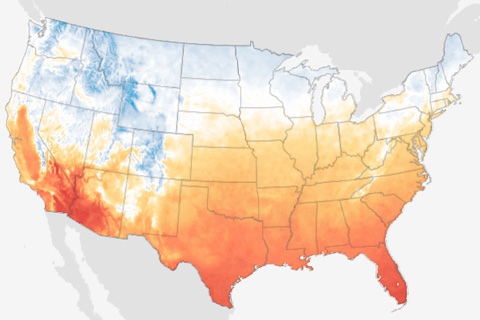
This animated gif shows how October average temperatures in the contiguous United States are projected to change in coming decades if global carbon dioxide emissions continue along a high-emissions pathway.

Earth's coldest waters are warming, an indication that global warming has reached one of the most remote corners of the ocean's circulatory system.
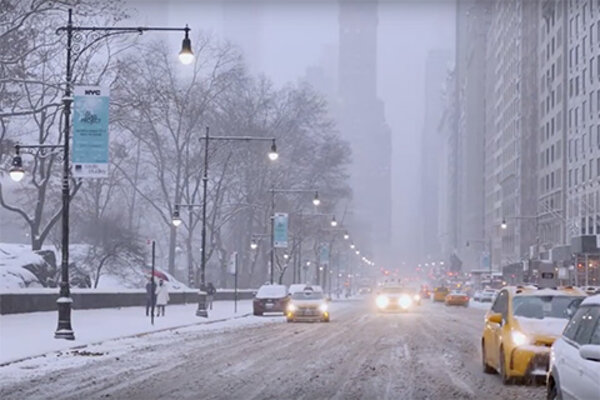
NOAA's Mike Halpert explains the 2018-19 U.S. winter outlook
October 18, 2018

Use a slider to compare satellite images of Washington, DC, and Baltimore, MD, with maps of afternoon temperatures to see the hottest and coolest parts of the city on a late summer day.
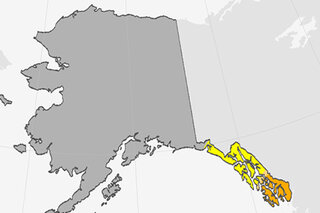
Alaska’s 2018 early fall extremes
October 15, 2018

